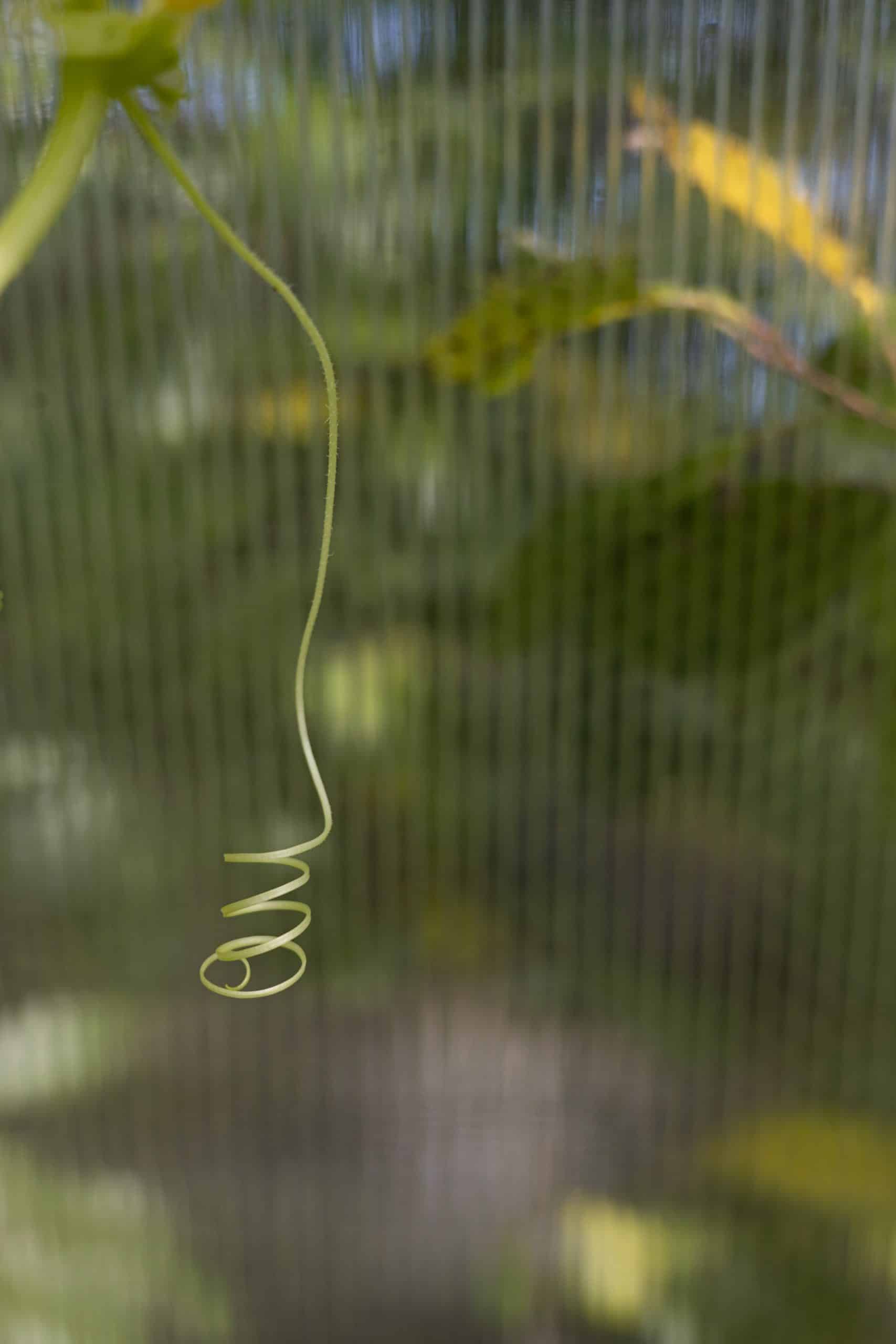What Are the Best Practices for Acclimating a Pet to a New Baby in the Family?

Bringing a new baby home is a time of joy and excitement for a family, but it can also be a time of uncertainty for your furry family members. Dogs, just like humans, need time to adjust to big changes in their lives. A new baby is definitely a big change! How can you help your pet adjust to the newest member of the family? What are the best practices for acclimating a pet to a new baby in the family? In this article, we’ll explore some helpful strategies that will ensure a positive transition for everyone involved.
Understanding Your Pet’s Behavior
Before you even start considering how to introduce your pet to a new baby, you need to understand your dog’s behavior. Dogs are incredibly sensitive creatures, and changes in their environment can impact their behavior significantly.
Sujet a lire : What’s the Best Way to Ensure Proper Hydration for Reptiles in Captivity?
Understanding your pet’s behavior is crucial in ensuring smooth transition when a new baby arrives. Factors such as a dog’s age, temperament, and past experiences can greatly influence how he or she will react to a new infant. Older dogs might have a harder time adjusting while a younger dog might be more resilient to changes.
Examine your pet’s daily routine and note any signs of stress such as excessive barking or chewing. If your dog exhibits any drastic behavior changes, it would be wise to consult with a professional dog trainer or a vet. They can provide you with specific strategies to help improve your pet’s behavior and make the adjustment process smoother.
Dans le meme genre : How to Design a Pet-Friendly Vehicle Setup for Long Road Trips?
Start Training Your Dog Ahead of Time
One of the most effective ways to ease your dog into accepting a new baby in the family is to start training early. This means before the baby even arrives. This will give your dog ample time to adjust to new rules and routines.
This can include introducing your dog to baby smells by applying baby lotion on your hands before petting your dog, walking your dog next to a stroller to get used to the new object, or playing baby sounds to acquaint them with the new sounds that will soon fill the house.
In addition to these specific baby-related exercises, it’s also crucial to reinforce basic obedience commands. Your dog should be able to follow commands like "sit," "stay," and "leave it," which will be extremely useful when you need to manage interactions between your dog and baby.
Positive reinforcement is key in this training process. Every time your dog exhibits good behavior in response to these new changes, reward them with treats and praise.
Establish Boundaries
Establishing boundaries is important in helping your dog understand what is acceptable behavior around the baby.
Creating a safe space for your baby is a start. This could be the nursery or a playpen where the baby spends most of their time. Your pet should understand that this space is off-limits without your supervision. Baby gates can be used to help enforce this boundary.
At the same time, your dog should also have a safe space, such as a crate or a particular room where they can retreat to when they need some quiet or alone time. This will help your pet feel secure and not threatened by the new changes.
Supervised Interactions Between Your Pet and Baby
Once the baby arrives, start slow with supervised interactions between your pet and the baby.
Keep these initial interactions short and always be there to supervise. Watch your dog’s body language closely. If your dog appears calm and happy, offer a treat as a positive reinforcement. If your dog appears agitated or stressed, it’s time to end the interaction and give your pet some space.
Gradually increase the duration of these interactions over time as your dog gets more comfortable around the baby. Remember, patience is key in this process.
Showing Equal Attention
Last but not least, remember to show your pet equal attention. It’s understandable that most of your time and attention will be directed towards the baby, but it’s important not to neglect your dogs.
Set aside some dedicated pet time each day, whether it’s a walk, playtime, or cuddle time. This will help your pet feel loved and valued and less likely to feel jealous or threatened by the new baby.
In conclusion, acclimating your pet to a new baby in the family involves understanding your pet’s behavior, starting training ahead of time, establishing boundaries, supervising interactions, and showing equal attention to your pet. It’s a process that requires time, patience, and understanding, but with these best practices, you can ensure a smooth and positive transition for your dog and your new baby.
Gradual Introductions to Baby Items and Sounds
To further prepare your dog for the baby’s arrival, gradual introductions to baby items and sounds can be beneficial. This can help your pet understand what to expect and minimize any potential shock or confusion after the baby arrives.
Begin by introducing your dog to various baby items such as toys, clothing, and furniture. Let your dog sniff these items under your supervision, but be clear that these items are not meant for play or chewing. This will help your dog recognize the scent of the baby and associate it with a calm and controlled environment.
Next, consider introducing your dog to the sounds a baby makes. You can find audio clips of baby noises online and play them at a low volume, gradually increasing the volume over time. This will help your dog adjust to the new sounds without becoming overly anxious or scared.
Remember to offer positive reinforcement throughout these exercises. Whenever your dog behaves well around baby items or stays calm while listening to baby sounds, reward them with praise and treats. This will reinforce the idea that these new changes are positive.
Creating a Harmonious Environment for Both Baby and Pet
As you prepare your dog for the baby’s arrival, it’s crucial to create a harmonious environment that facilitates positive interactions between your dog and the new family member.
To do this, ensure that your pet is comfortable with the changes that will come with the baby’s arrival. This could mean adjusting feeding or walk times to align with the baby’s schedule, or teaching your dog to respond to quieter commands so as not to disturb the baby’s sleep.
Also, make sure that your dog is physically comfortable. If your dog is used to lying on the couch or bed and these areas will be off-limits once the baby arrives, introduce a comfy dog bed well in advance. This way, the dog has a comfortable place of its own when the baby arrives.
Remember that both the baby and the pet are important members of your family. Your goal should be to create an environment where they can coexist peacefully and safely.
Conclusion
In conclusion, welcoming a new baby in the family is a big adjustment not just for you but also for your pet. Understanding your pet’s behavior, preparing your dog for what to expect, establishing boundaries, allowing supervised interactions, and showing equal attention to your pet are some of the best practices to acclimate your pet to the new baby in the family.
The process of introducing your dog to your baby requires patience, understanding, and plenty of positive reinforcement. With the right preparation, you can ensure a harmonious environment that is comfortable for both the new baby and your pet.
Remember that every dog is different, and what works for one might not necessarily work for another. It’s essential to keep a close eye on your pet’s behavior throughout this process and seek professional help if necessary.
Ultimately, with love, patience, and consistency, you can help your dog make this transition smoothly and ensure that the addition of the new baby is a positive experience for everyone in the family.
